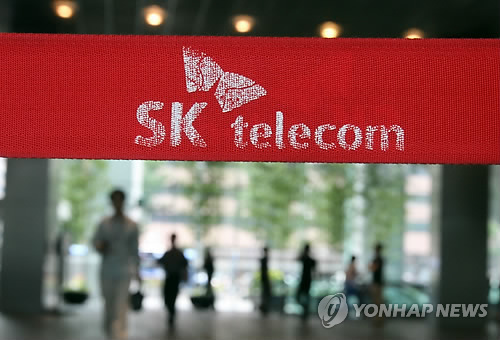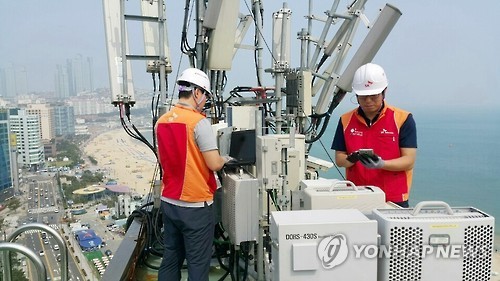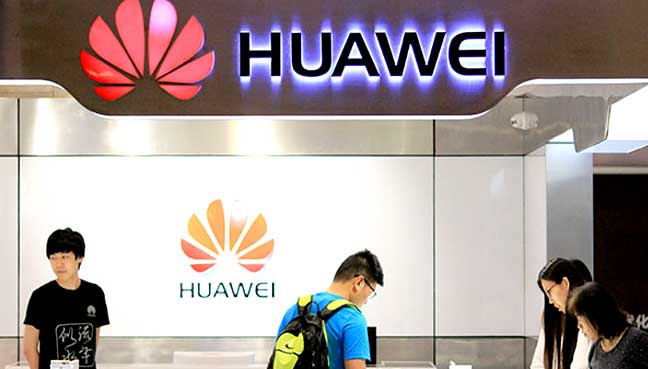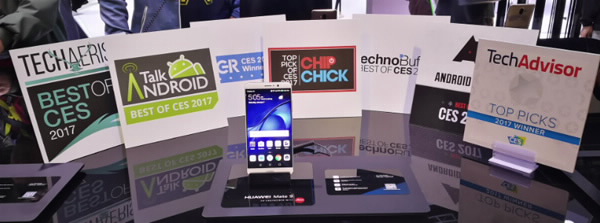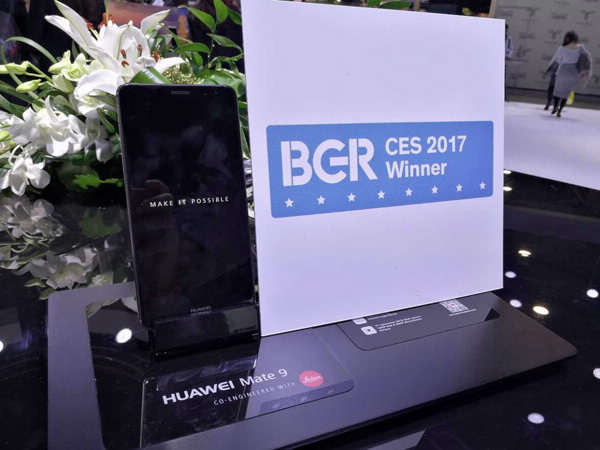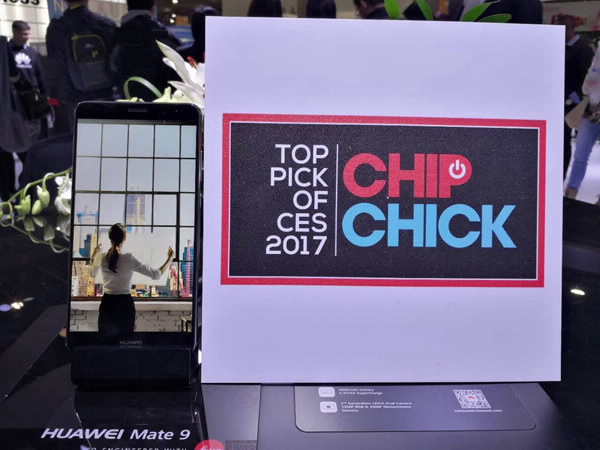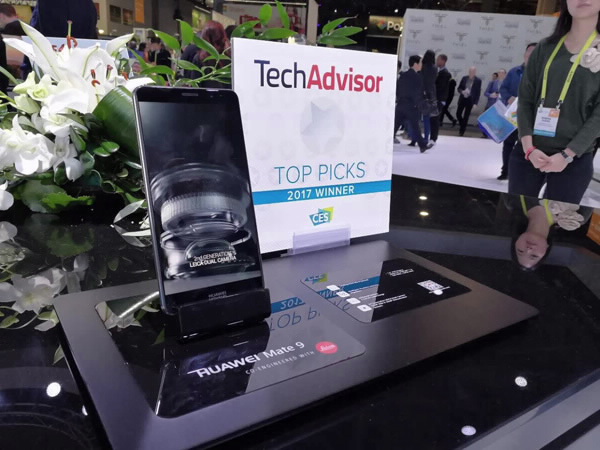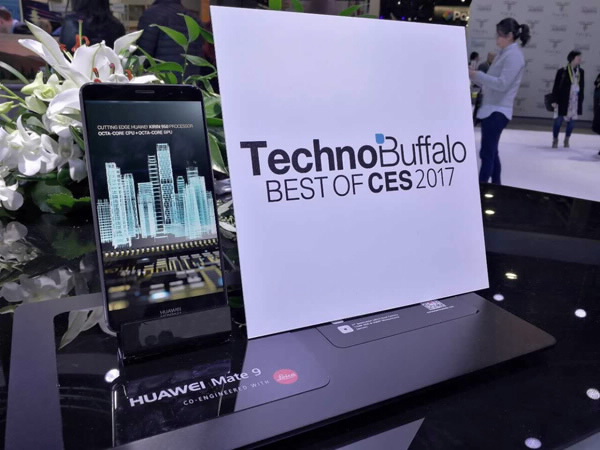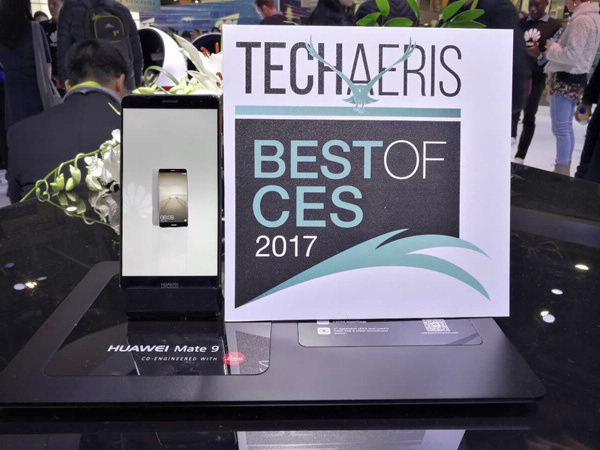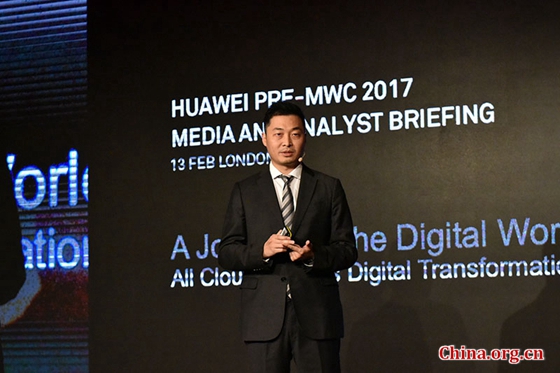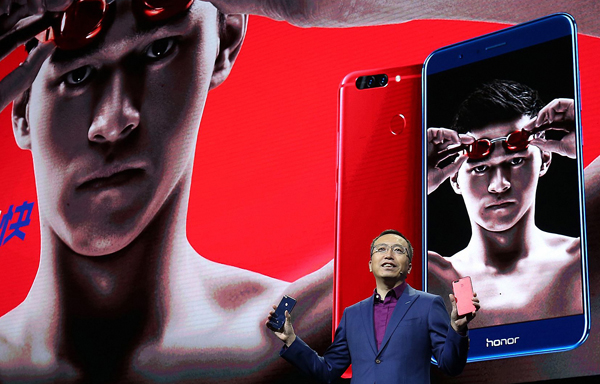SKT tests China’s Huawei LTE equipment amid controversy
Published : 2017-01-22 16:17
Updated : 2017-01-22 18:08
South Korea’s No. 1 mobile carrier SK Telecom has purchased Long Term Evolution network equipment produced by China’s Huawei Technologies for testing before signing a final deal, amid concerns over hacking risks and Korean suppliers losing competitiveness, according to sources Sunday.
An industry source familiar with the matter told The Korea Herald that SKT ordered the Digital Unit and Remote Radio Head, known as DU&RRH in industrial terminology, from Huawei last month to conduct a set of quality tests before signing an official contract. Other industry insiders said it is highly likely that SKT will soon ink a deal with the Chinese company.
(Yonhap)
“SKT seems to have bought the equipment for a development verification test as part of a critical design review,” the source said. “This could signal the imminent introduction of the Chinese network equipment.”
The ongoing test at the SKT building in Bundang, Gyeonggi Province, is expected to take about two months, the source said. If the deal is clinched, the Chinese equipment is expected to be used for installation of new LTE base stations in Jeju.
SKT has been considering Huawei as a new supplier in order to install additional LTE base stations since it won the 2.6GHz frequency band in a state-run auction last May. It is the first time for the largest Korean telecommunications provider to consider Huawei’s equipment as the main equipment for a base station. It has been using some Chinese parts for LTE servers. The main equipment for SKT’s LTE base stations have been supplied by Samsung Electronics, Nokia and Ericsson.
SK Telecom employees check an LTE base station in Busan. (Yonhap)
Among the three Korean mobile carriers,
LG U+ was the only one to first install Huawei-made LTE equipment in 2013.
At the time, two US Senators -- Dianne Feinstein and Robert Menendez -- who chaired the Senate’s intelligence and foreign affairs committees, warned against the deal between LG U+ and Huawei by sending a letter to the former Obama administration, saying “maintaining the integrity of telecommunications infrastructure” was critical to the alliance between US and Korea.
The US Congress had been objecting to Huawei’s expansion in the US since 2012 due to possible security threats. According to news reports, India, Australia, Taiwan and Canada do not allow use of Huawei equipment, either.
“Installment of the main equipment made by Huawei for SKT’s LTE network could pose threats to the country’s information security,” another industrial source said.
Due to concerns about hacking and espionage risks raised by experts and industry people, LG U+ decided not to install the Chinese equipment near US Army bases in the country. The Huawei equipment are now installed in some areas in Seoul, Gangwon Province and northern Gyeonggi Province.
According to security experts, thorough verification is needed for software installed in telecommunications equipment.
“Technically, by making a back door in the equipment software, hackers could legally compromise the communications network,” a pundit on information security told The Korea Herald. “The company should scrutinize the equipment’s structure, software and patches additionally installed in the equipment.”
Some in the network industry raised questions about the “confidential deal” between SKT and Huawei.
“It was unusual that SKT didn’t open a public bidding for this project,” the source said. “Huawei is said to have proposed a price about half of average prices, appealing to SKT.”
SKT, however, dismissed the source’s claim, saying “Nothing has been confirmed yet.”
“The company is considering Huawei as one of the possible suppliers that sent requests for proposals,” a company spokesman said.
The official stressed Huawei was one of many firms that sent requests for proposals to the company. He added the mobile carrier does not hold open biddings for every single project.
“The test is part of customary and usual procedures that are needed to examine compatibility with other existing equipment,” he said. “It is not right for us to comment on the security issue at the moment, but considering economic feasibility, there is no reason to rule out the Chinese equipment in terms of costs.”
By Song Su-hyun (
[email protected])
http://www.koreaherald.com/view.php?ud=20170122000186





